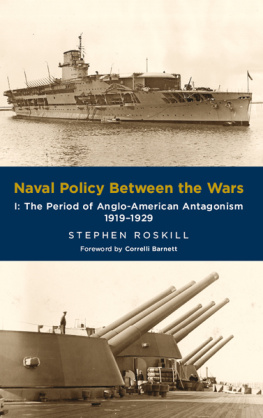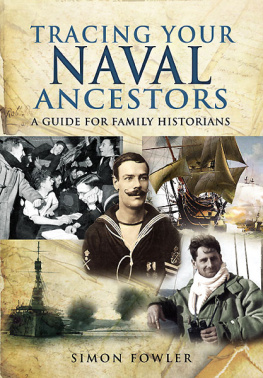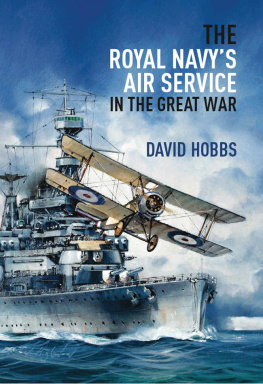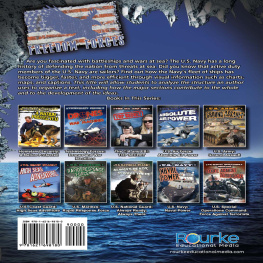Agents of
INNOVATION
Agents of
INNOVATION
The General Board and the Design of the Fleet
That Defeated the Japanese Navy
by John T. Kuehn
NAVAL INSTITUTE PRESS
Annapolis, Maryland
The latest edition of this work has been brought to publication with the generous assistance of Marguerite and Gerry Lenfest.
This book was originally brought to publication with the generous assistance of Edward S. and Joyce I. Miller.
Naval Institute Press
291 Wood Road
Annapolis, MD 21402
2008 by John T. Kuehn
All rights reserved. No part of this book may be reproduced or utilized in any form or by any means, electronic or mechanical, including photocopying and recording, or by any information storage and retrieval system, without permission in writing from the publisher.
ISBN 978-1-61251-405-5 (eBook)
The Library of Congress has cataloged the hardcover edition as follows:
Kuehn, John T.
Agents of innovation : the General Board and the design of the fleet that defeated the Japanese / John T. Kuehn.
p. cm.
Includes bibliographical references and index.
1. Sea-powerUnited StatesHistory20th century. 2. United States NavyReserve fleetsHistory20th century. 3. United States. Navy General BoardHistory. 4. WarshipsTechnological innovationsUnited StatesHistory20th century. 5. World War, 19391945Naval operations, American. I. Title.
VA58.K84 2008
359.03097309041 dc22
2008015597
 Print editions meet the requirements of ANSI/NISO z39.48-1992 (Permanence of Paper).
Print editions meet the requirements of ANSI/NISO z39.48-1992 (Permanence of Paper).
14 13 12 11 10 09 08 9 8 7 6 5 4 3 2
First printing
Contents


Figures
Map
Tables

T here are so many folks involved in the genesis and completion of a project like this that to write an acknowledgment or dedication is a somewhat daunting task. Nonetheless, and at the risk of being verbose (guaranteed), here goes. First, all errors, whether factual, interpretative, or accidental are mine and mine alone.
The book you hold began as a doctoral dissertation. That said, I believe the most important and influential folks who motivated and encouraged me should be up frontKimberlee Wade Kuehn and Donald J. Mrozek. If there truly are no such things as coincidences, then God truly blessed me in sending these two into my life. Kimberlee, who I have know for twenty-seven years, and been married to for twenty-five, could have been a show stopper but instead became chief cheerleader, never flagging in her support. After I obtained my third masters degree she could have simply said, Enough! Instead, when Kansas State University and the Army Command and General Staff College first began a trial association for a military history Ph.D. relationship, she encouraged me to get in on the ground floor.
Enter Don Mrozek, who was my first professor for a seminar in topics related to American military history. Don took me under his wing and encouraged and guided me at every step. If not for Kimberlee and Don I would not be writing and teaching history today. To Don must also go the blame for my topic. I wanted to write about Napoleonic coalition warfare, but Don suggested my knowledge of naval operations, especially in the Pacific, as well as my real lack of skill with European languages, probably argued for contemporary research in American/English-language sources on an American topic. It was also Don who steered me away from Europe and back to Asia and the Pacific. Having spent almost nine years of my life overseas in Japan, Guam, and the Philippines, this, in retrospect, made superb sense.
Why the interwar U.S. Navy and the Washington Naval Treaty? Chris Gabel, longtime professor at the U.S. Army Command and General Staff is guilty in regard to the specific topic. Chris has long taught innovation during the period between World Wars I and II and I, having taken his course in its long version, became fascinated with interwar dynamics of navies and arms treaties. The other members of my dissertation committee also provided invaluable aid and assistance: David Stone, David Graff, and Dale Herspring. Each of them brought a sensibility to the complex topic that was and is greatly appreciated.
The research I did on the topic was stimulated by another series of fortunate encounters. The folks at the Hoover Library, especially Spencer Howard, were very helpful in introducing me to the wonderful material there on arms control in the 1920s and 1930s and the role of the General Board in naval policymaking and strategy. At the 2004 Naval Institute/Naval Historical Center history symposium I found myself sitting next to a National Archives and Records Administration (NARA) gent named Mark Mollen. I shared my project plans with him and he told me to get ahold of him if I visited Washington, D.C. during my research trips. When I had cause to be stationed in the Washington area for several months on a teaching assignment, I sent Mark an email and he graciously met me and showed me the ropes at the downtown Archives in D.C. There he introduced me to two other archivists were also invaluable in helping me navigate the studies of the General Board of the Navy: Rebecca Livingstone and Charles Johnson. At the College Park archives I am indebted to Barry Zerby for making available the advanced base studies and 1924 War Plan Orange from the OpNav archives. Barry is a national treasure. The Naval Historical Center is another invaluable resource in the D.C. area and to Jeffrey Barlow goes all the credit for treating me like visiting royalty as I used their excellent archives and the superb Navy Department Library. It was here that Cathy Lloyd introduced me to the Proceedings and Hearings of the General Board which really opened up the world of the interwar Navy to me, I cannot thank her and Jeff enough. Dan Kuehl at National Defense University was also a key supporter during my time in Washington.
There have been a number of other folks who have supported my efforts, both online and in person. H. P. Ned Willmott, Timothy Francis, Jon Parshall, John Lundstrom, Mark Mandeles, and, especially, Sadao Asada provided voluminous advice via email correspondence and it is my dearest wish that I may someday meet these gentlemen in the flesh to personally thank them for their support and advice. Three gents who I did finally meet after email interaction were David Ulbrich, Will ONeil, and Thomas C. Hone. David Ulbrich was especially helpful as I reviewed the literature on the topic and Will ONeil, who specializes in the organizational dynamics of the interwar period, has been a valuable critic throughout. My association to the Hone family came about as a result of a chance meeting with Trent Hone at Annapolis and Trent provided excellent feedback and advice and it was through him that I had cause to interact with his father, Tom. Finally, Edward Miller, author of the superlative War Plan Orange, was instrumental in my seeing the project to completion during the endgame and in turning a turgid and lengthy dissertation into a readable naval history.
Finally, Dennis Giangreco, my long-time associate and sometime co-author (on other projects), has been a wonderful source of advice, inspiration, and encouragement throughout the entire project. I want to say the same for my former Navy submarine officer brother, Robert B. Kuehn, who is probably one of the few people other than my committee to have read through the entire dissertation. He suffered innumerable emails during the project. I am sure there are others who have assisted beyond those named here and to them I send out a heartfelt thank you as well.
Next page








 Print editions meet the requirements of ANSI/NISO z39.48-1992 (Permanence of Paper).
Print editions meet the requirements of ANSI/NISO z39.48-1992 (Permanence of Paper).